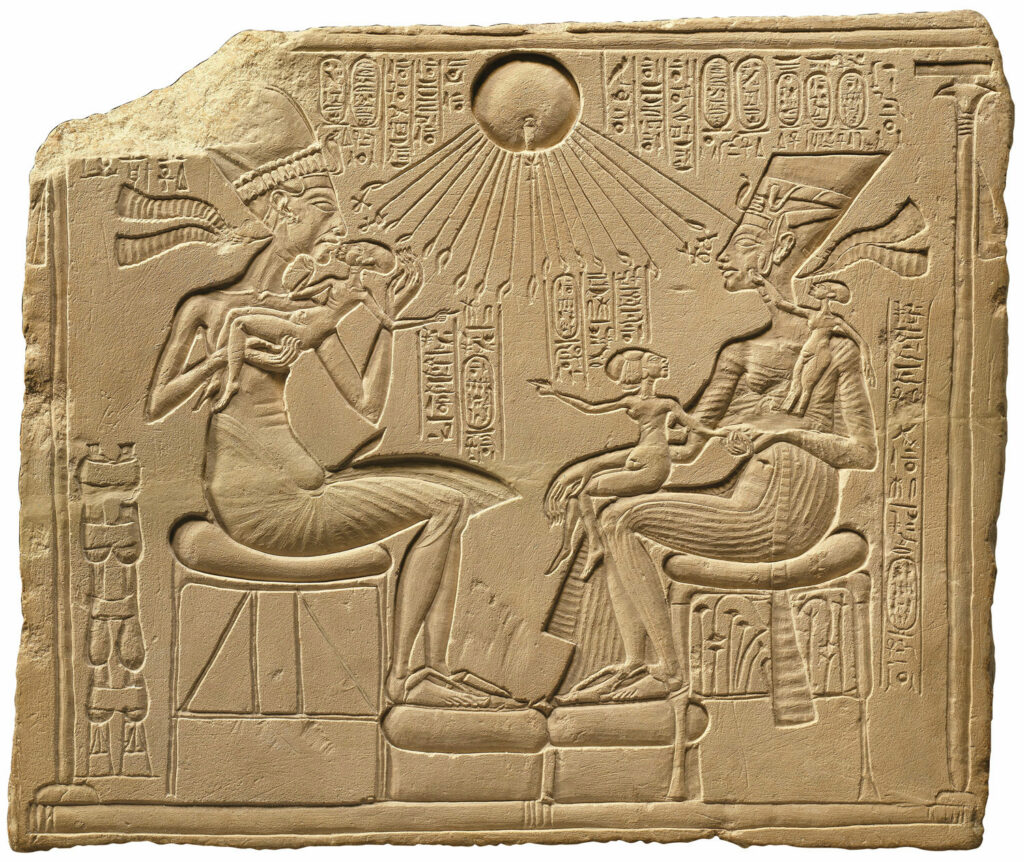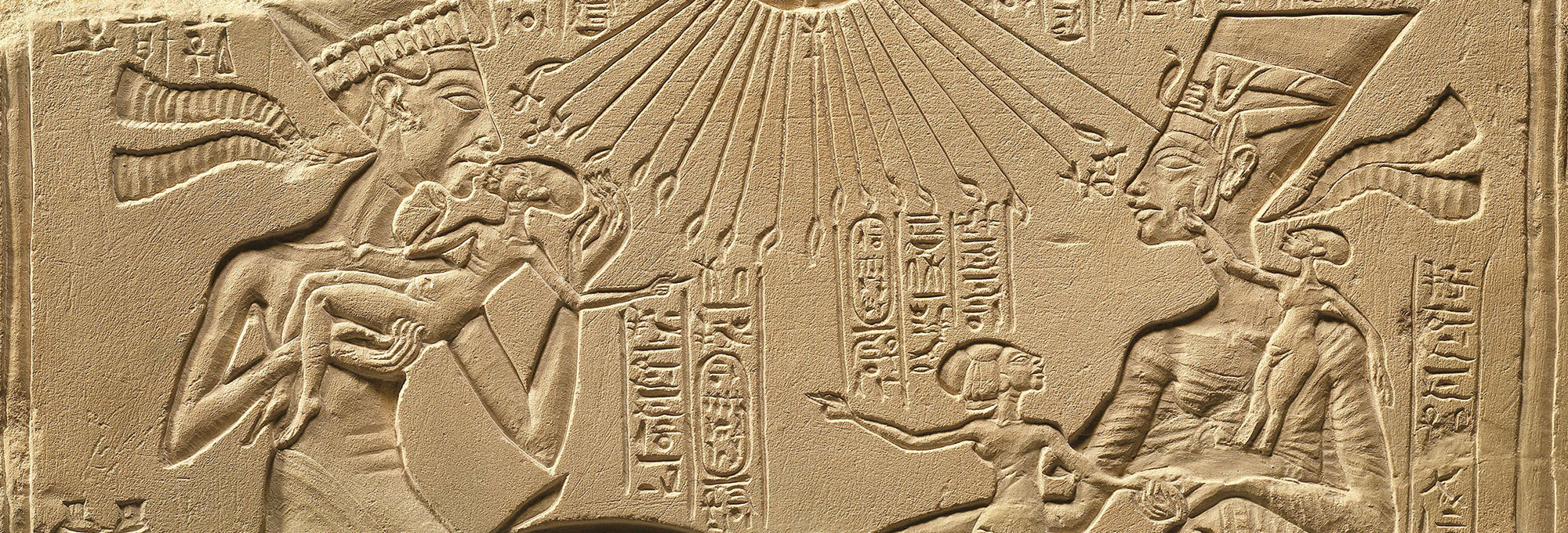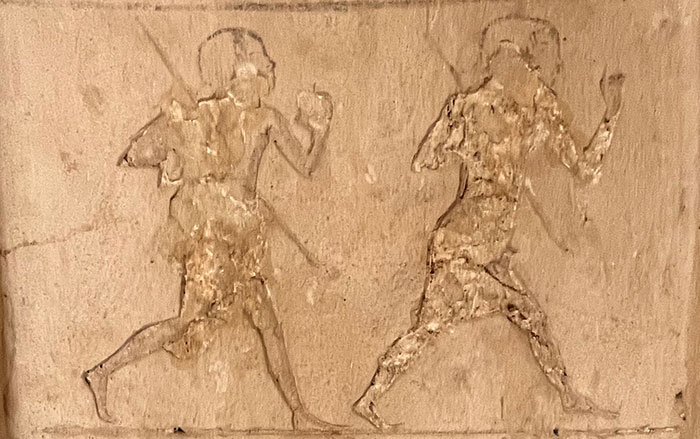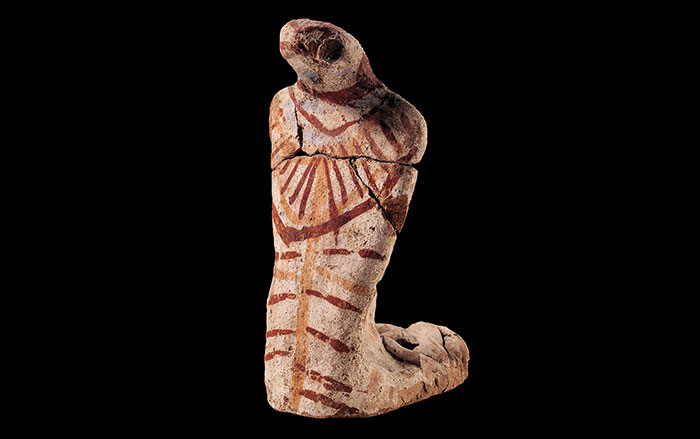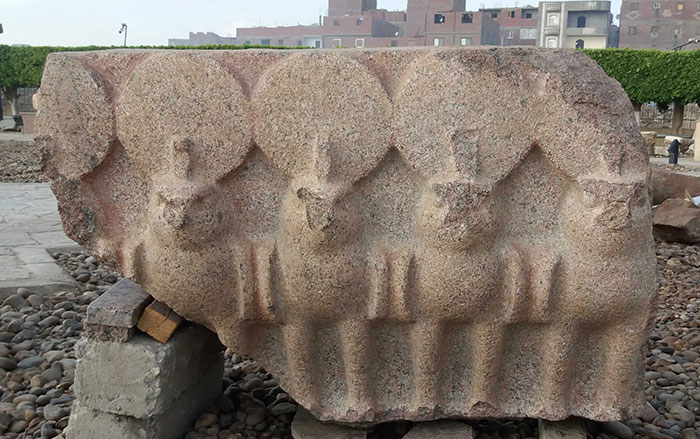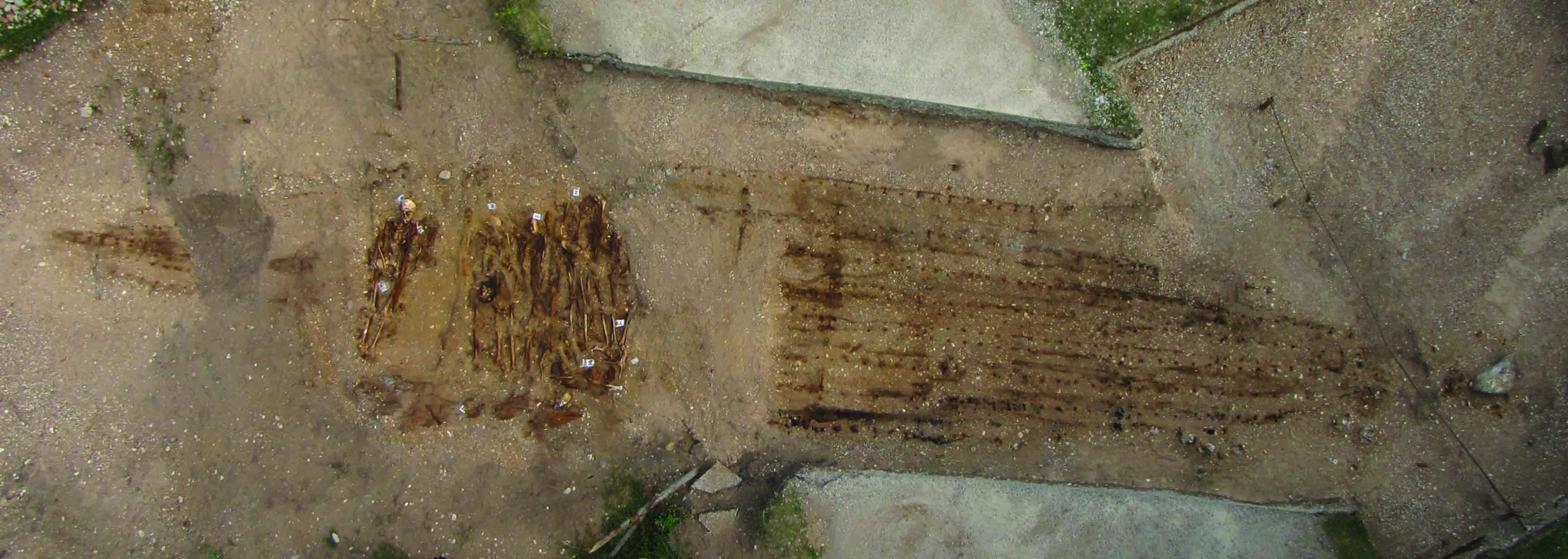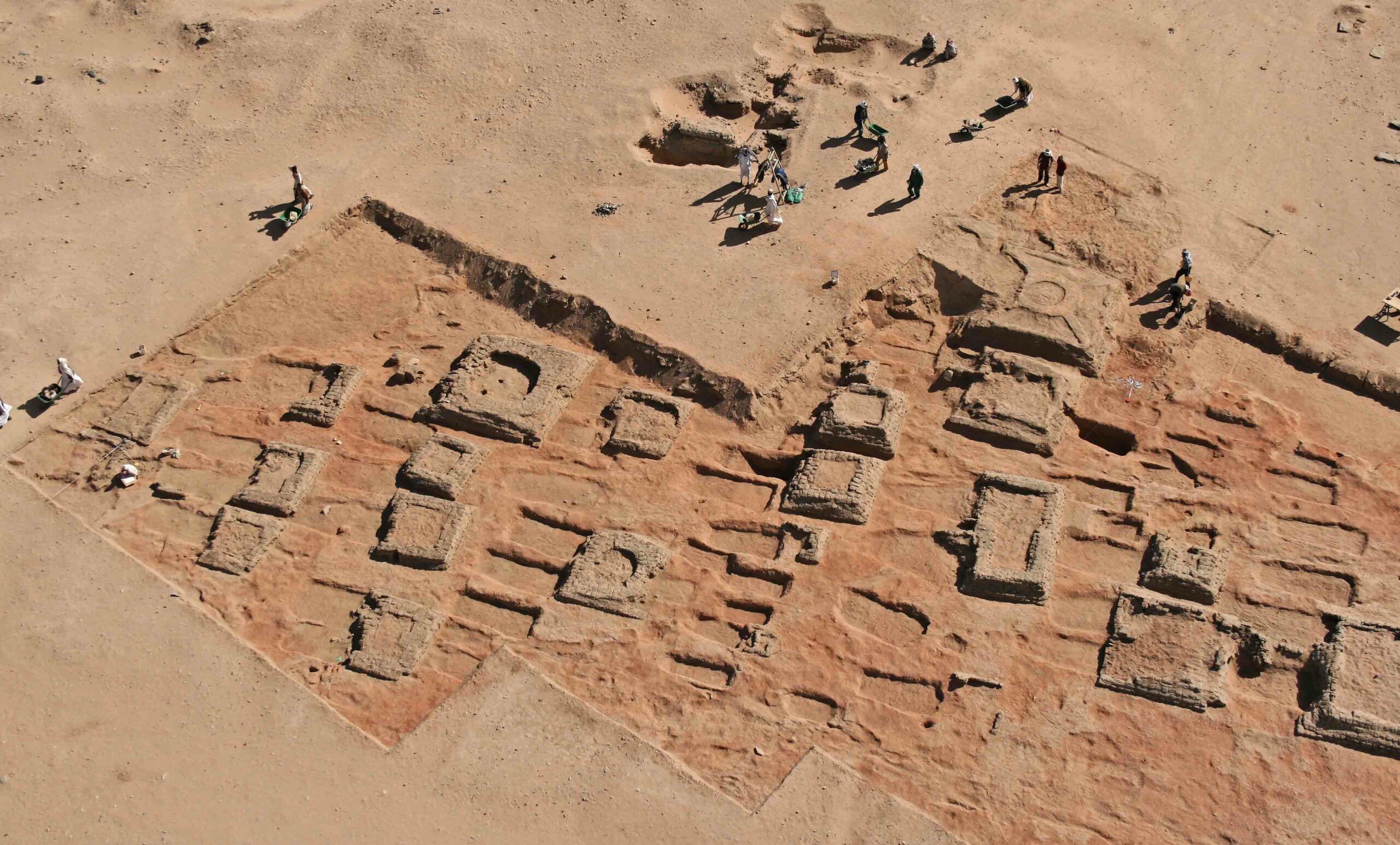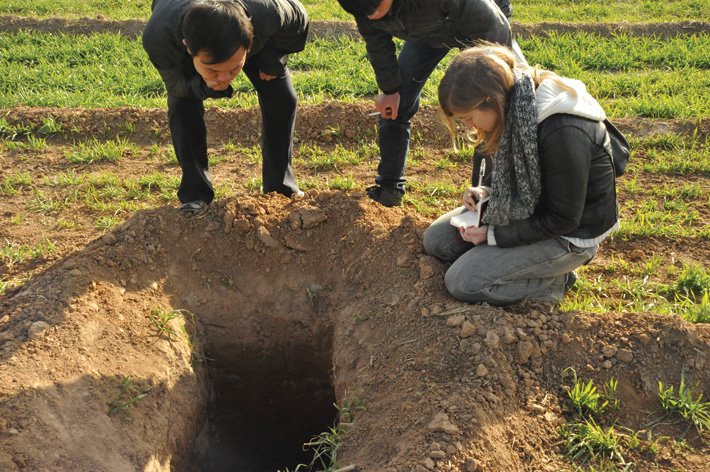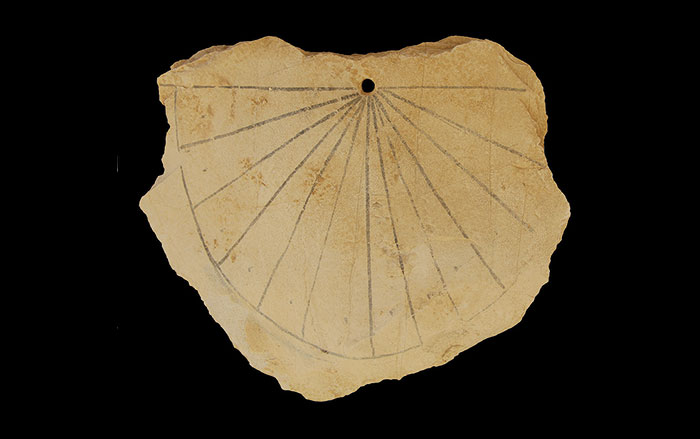
In the 1880s, residents living near the ancient Egyptian city of Amarna discovered a large multichambered rock-cut tomb. It was one of many such tombs at Amarna, but its impressive size distinguished it from the others. Unfortunately, the tomb, called Amarna 26, has been badly damaged by looters, weather, and time, and many of the most significant artifacts were removed at some point, either in antiquity or more recently. Relatively little of the tomb’s fragile decoration is intact. Nevertheless, enough inscribed artifacts do survive—including more than 200 shabti figurines, an alabaster chest, and two large granite sarcophagi—that archaeologists are reasonably certain the tomb, also called the Royal Tomb, belonged to the 18th Dynasty pharaoh Akhenaten and his daughter Meketaten.
But the Royal Tomb also contains a third, unfinished chamber whose royal resident is unknown. Could it perhaps be the tomb of Akhenaten’s wife, Nefertiti? Egyptologist Marc Gabolde of Paul Valéry University, who has been searching for Nefertiti’s tomb, thinks so. “I now believe that Nefertiti died a few months before Akhenaten and was buried at Amarna, despite the fact that her suite in the Royal Tomb was unfinished.” But at least one other scholar is less certain. “I do not think it is likely that she was buried in Amarna,” says archaeologist Barry Kemp of the University of Cambridge, director of the Amarna Project. “Or, at least, nothing found in the tomb suggests that it had housed burial equipment for her,” Kemp adds. “She could have been buried at Thebes, or on the now utterly robbed necropolis at Gurob; or she could have been taken back to her home city of Akhmim and buried in the ancestral cemetery there. We may never know.”
